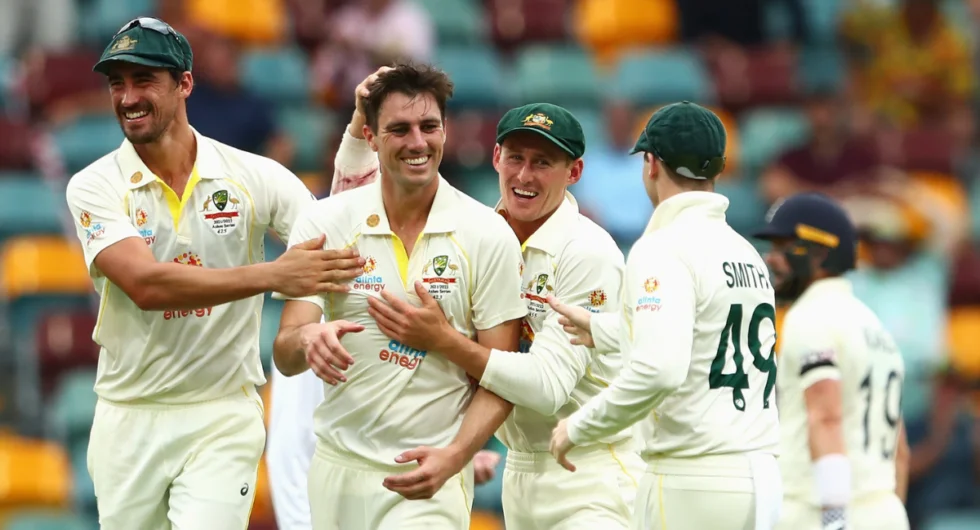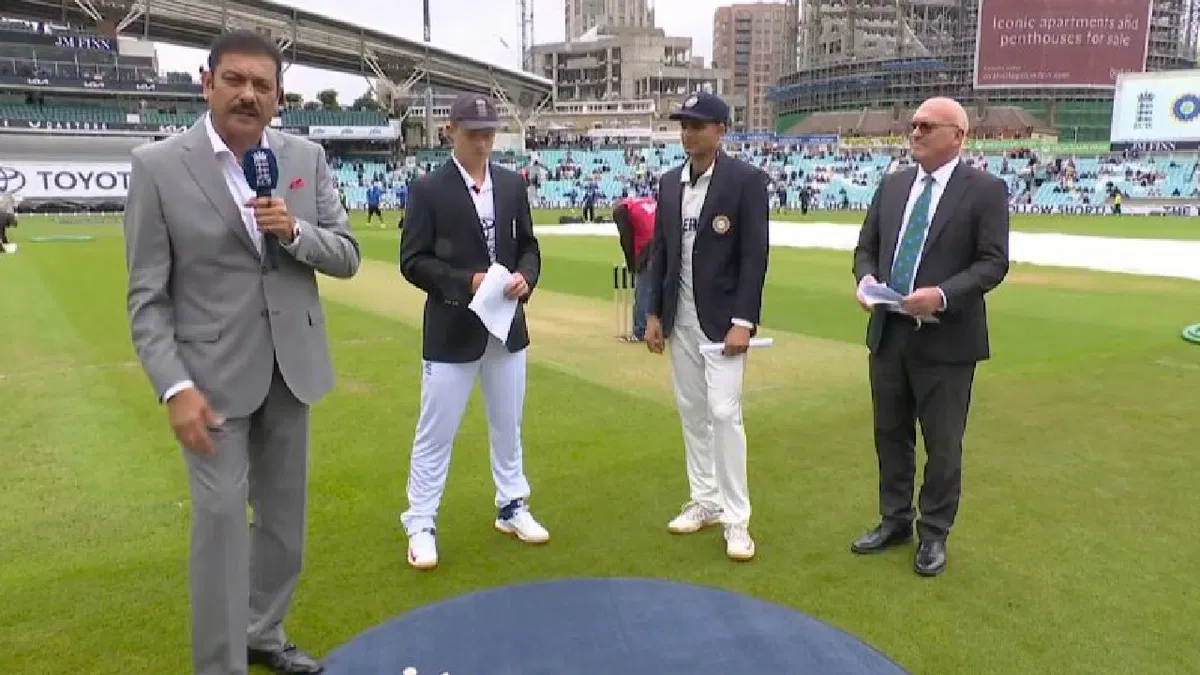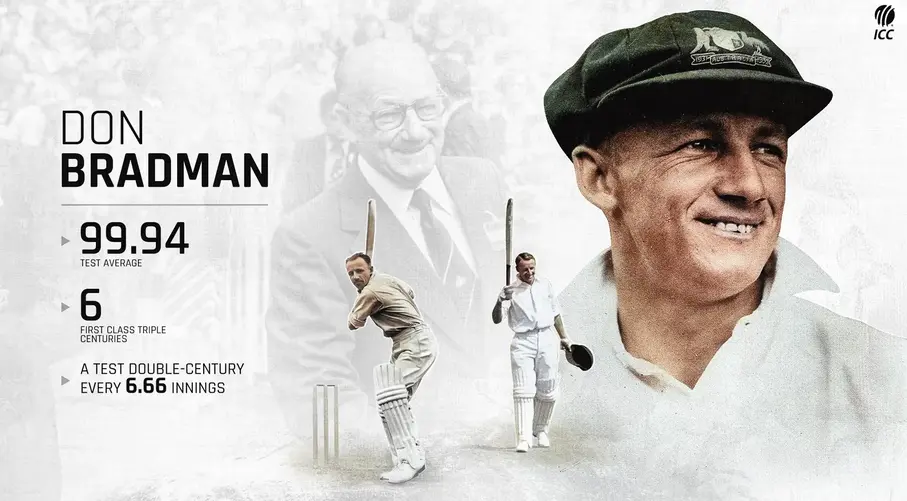The 10-day break between the second and third Tests of Australia‘s tour in India presented a golden opportunity for the home side to gain momentum and prepare for the final two matches. Although the Indian team had nowhere to go, it was still beneficial for them in more ways than one — those ten days allowed them to stay home, recuperate, enjoy familiar comforts and relish in their triumph on retaining the Border Gavaskar Trophy. The only two from the Australian team to do so were Pat Cummins and David Warner — with Warner recently having departed due to injury, there is no guarantee that Cummins will stay or be fit enough to return come the end of this series.
Some members of Australia’s cricket team made the most of the break by enjoying a mini-vacation, with Steve Smith heading to Dubai to spend time with his wife, others going for a round of golf and some choosing to take in some of India’s famed tourist spots. Although keen to improve on their performance from the day three collapse at the Arun Jaitley Stadium, initially they reluctantly accepted that there wasn’t much else they could do without access to training facilities. But when they did eventually come together again after those three days off, everyone was pleased to be back in the game and ready to face their next challenge head on.
The couple of practice sessions right before Australia’s third Test match provided the much-needed clarity and insight that changed the course of their trajectory. One solution in particular was to solve Steve Smith’s field-related dilemma; his back pain had caused him to switch up his stance in order to protect himself, but consequently it had also made him deceptively prone to drop catches. As such, the sessions focused on perfecting Smith’s technique with strenuous catching practice to improve his accuracy and help secure more catches during crucial moments. Sure enough, when the third Test arrived, Smith was sharp and agile in his positioning, with body ready for any chance that came his way. His hard work ultimately paid off as he ended up catching a world-saving moment for the team—a fly ball by England’s last batsman—that concluded Australia’s win. Resulting in a “wonderful combination of skill and resolve” and “a collective roar of joy around grounds across Australia,” according to one esteemed commentator.
At the start of the Delhi Test, Steve Smith recommitted to a lower stance in the slips cordon following weeks of dropped catches. He put even more hard work into perfecting his refinements, taking almost fanatical initiative by constructing a makeshift catching drill with a metal traffic barricade and pitch roller. The effort paid off as Smith took what could be considered the most important catch of his career, snatching Pujara’s wicket when Australia seemed doomed. It is thanks to this effort that Australia experienced one of their biggest series moments yet.
The Australians had nothing short of a master plan in place for the dismissal of India’s best batsman Pujara. After the captaincy was handed back to Smith, coupled with extra rest and strategic thinking, that plan was put into motion. With Lyon bowling in particular, three fielders were placed to stop Pujara from turning over his favoured off-side strike, which he had been working on all day. With constantly changing angles of attack and fields set all around Pujara, it shifted him from his comfort zone and eventually saw him bow out after almost four hours of hard fight. It could be said that this move allowed Australia to take a commanding lead as they head into day three needing only 76 runs to win.
This is where the Australian team’s time off in Delhi proved to be a blessing in disguise, as they had an opportunity to learn from some of India’s finest spinners and pick up a few tips which they could use on their tour. Thus, Todd Murphy and Matthew Kuhnemann weren’t fully blindsided in the Test match against one of the greatest Test-playing nations in the world. Australia’s opportunity to observe and receive wisdom from experienced cricketers before entering a challenging contest provided the side with added preparation and confidence. One can only hope that said wisdom will prove crucial for them at this stage of their young careers.
Kuhnemann and their state team’s first-choice spinner had a rocky start to the season, with neither making the initial touring party and it appearing as though their positions at top level were uncertain. However, when Matthew Lyon suggested that all of the bowlers worked as a unit and focus on delivering unplayable balls rather than trying to outsmart batsmen, both men had an epiphany that would allow them to break through. In the following Test in Delhi, they posted outstanding performances, much more than could have reasonably been expected from two players with relatively little experience at this level. To prove this point, they combined with Lyon take eighteen of the twenty wickets that fell in the following Test in Indore.











